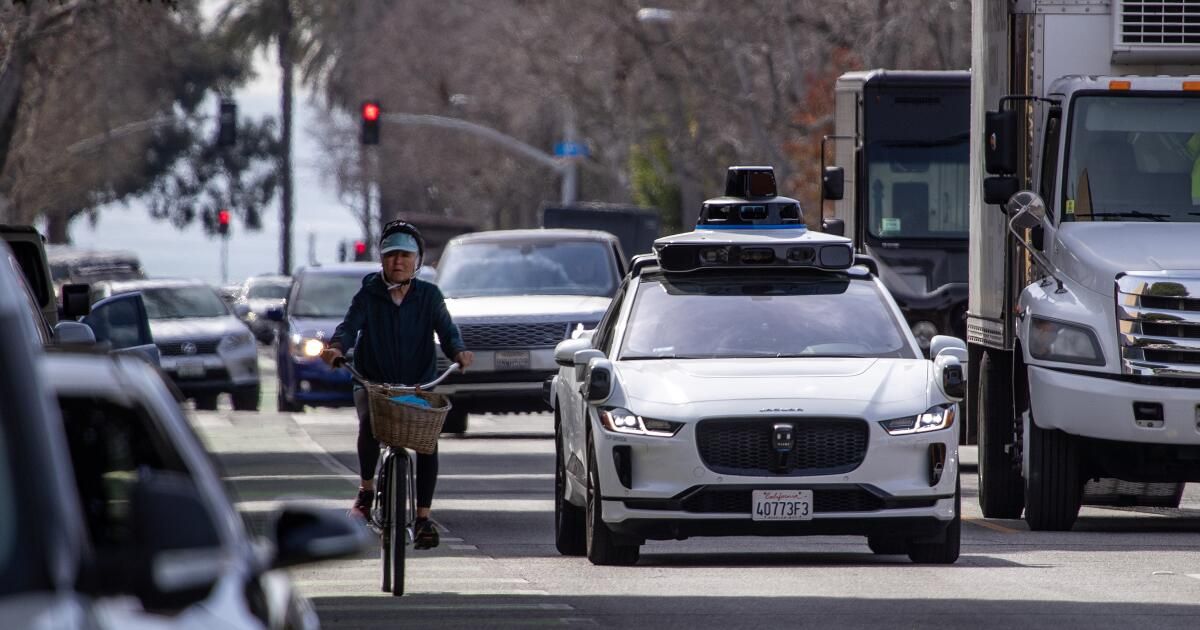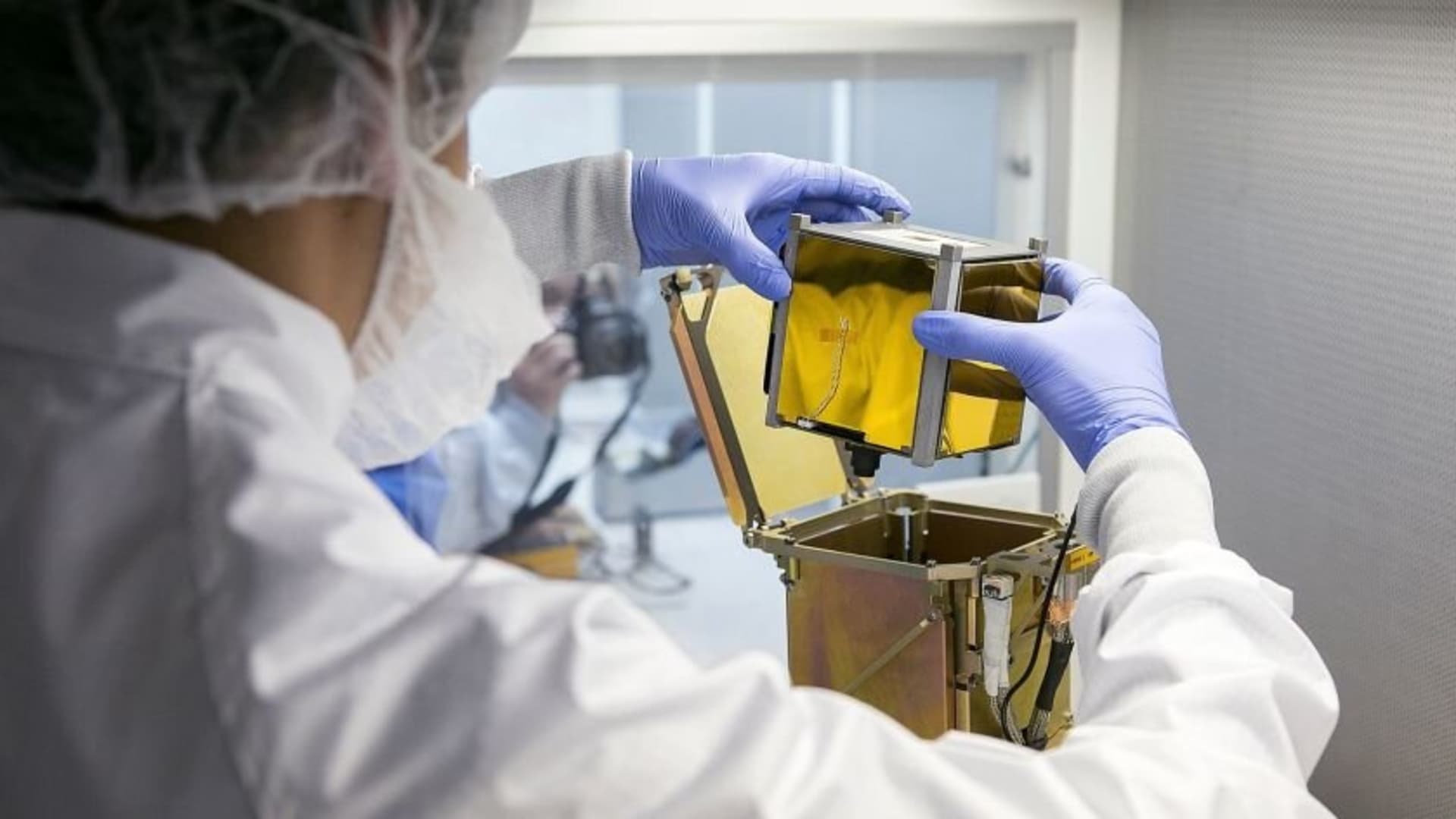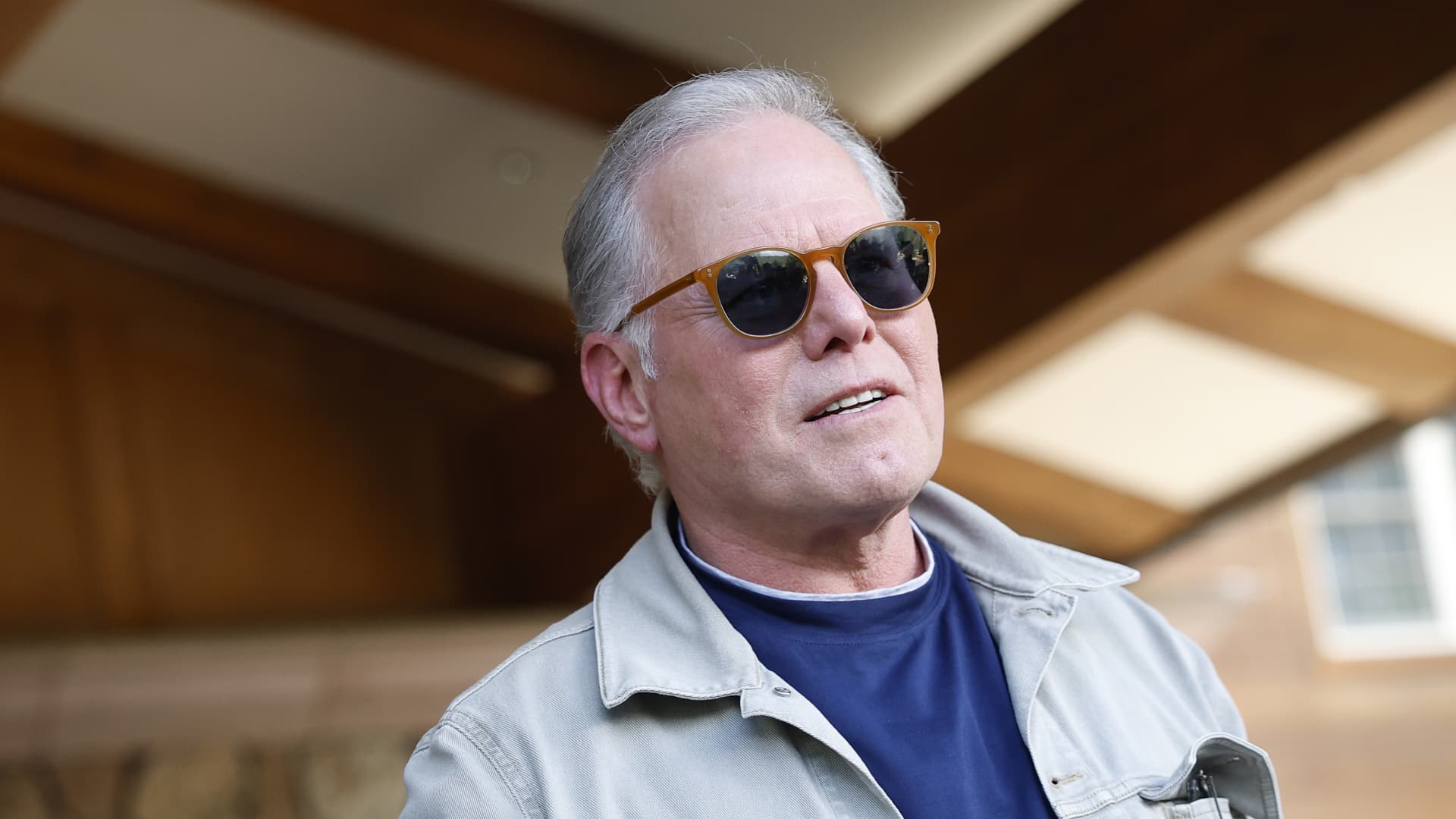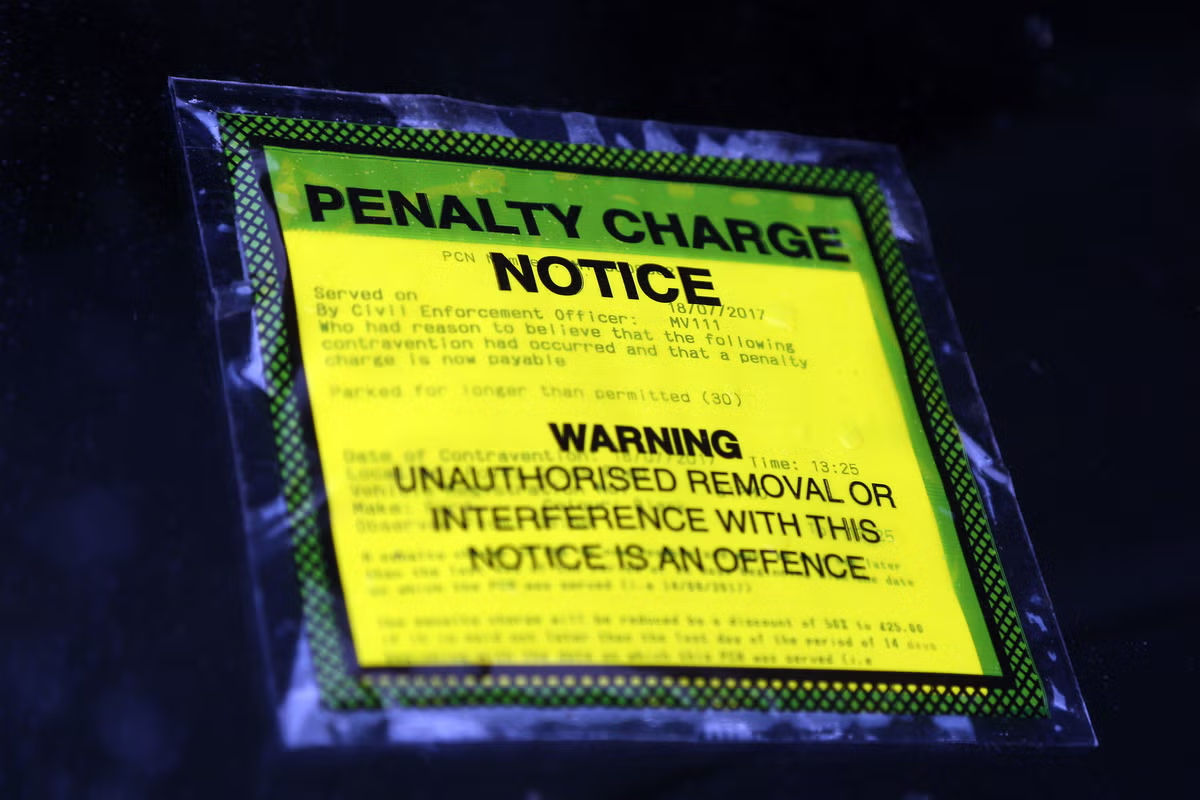Los Angeles commuters: Don't be alarmed, but driverless taxis could soon become a more common sight on local streets.
On March 1, State regulators gave Waymo, the self-driving taxi company. owned by Google parent Alphabet, gave the green light to expand its robotaxi service to Los Angeles County, paving the way for the company's expansion in one of the country's largest markets.
While local transportation agencies handle daily traffic operations in their respective jurisdictions, the California Public Utilities Commission oversees the regulation of self-driving vehicles across the state, taking over from local governments.
Waymo hasn't revealed a timeline for when its service will be widely available, but a handful of Waymo vehicles are already roaming. over the county, including around USC campus, as part of its ongoing testing and promotion program.
Under its new approval agreement, Waymo's driverless fleet can operate in Los Angeles, Santa Monica, Beverly Hills, Inglewood, East Los Angeles, Compton and many more locations.
Here's what we know so far about the future of driverless taxis in Los Angeles County:
What is a Waymo One vehicle and how does it work?
Like Lyft or Uber, Waymo One is a ride-sharing service, with pricing based on the distance of each ride. But unlike those other services, there will be no one to talk to while riding in a Waymo One vehicle because the vehicles are controlled by computer software.
Passengers enter their destination through an app and can sit in the front or back seat, but are not allowed to sit in the driver's seat, according to Waymo.
The company currently uses the Jaguar I-Pace all-electric SUV as part of its fleet in San Francisco and Phoenix, which are equipped with lidar, cameras, radar and an artificial intelligence platform to maneuver safely in traffic.
Waymo, formerly known as Google's self-driving car, developed its artificial intelligence software with electric vehicle brand Zeekr and China Euro Vehicle Technology AB, or CEVT.
Driving automation can be divided into six categories, depending on the standards-setting organization Society of Automotive Engineers (SAE). On a scale of 0 to 5, with the lowest being a human with full control of the vehicle and 5 being fully automated, Waymo vehicles could be rated as a 4 or 5, according to the SAE.
Where will Waymo vehicles be deployed in Los Angeles County?
A Waymo spokesperson said the company will “take a careful and gradual approach to expansion” while working with city officials, local communities and other groups to ensure the service is safe and accessible for its customers.
California Department of Motor Vehicles has granted permission to several companies to operate driverless vehicles across the state. Waymo can deploy its fleet at any time of the day to its designated domains. The vehicles can operate in adverse weather conditions, rain and fog, with speeds up to 65 mph.
In Los Angeles County, Waymo will be rolling out in parts or all of the following cities:
- Bell
- bell gardens
- Beverly Hills
- carson
- Trade
- compton
- Cudahy
- Culver City
- The second
- planter
- Espino
- Huntington Park
- inglewood
- lawndale
- Long Beach
- the Angels
- Lynwood
- manhattan beach
- maywood
- Supreme
- Round Beach
- Santa Monica
- south gate
- Torrance
- vernon
- West Hollywood
What should a passenger do if their driverless vehicle is involved in an accident?
Waymo provides customers with a list of frequently asked questions after signing up for the service that provides basic information about their ride, but the company declined to answer specific details about what a rider should do if they are involved in a fender bender. while traveling in one. of Waymo's autonomous vehicles.
in a MarketWatch article from November 2023Tilia Gode, Waymo's head of risk and insurance, compared Waymo's vehicle insurance to the coverage a rental car company has for its vehicles.
“Like any business entity, we have insurance coverage that covers the Waymo driver during the course of the driving task,” Gode explains. “Essentially, there's a shift from human drivers to the autonomous system being the driver — Waymo being the driver.”
So where does that leave your passengers?
Well, that's where it gets down to business.
Like any company that offers its service through an app, customers enter into an agreement when they sign up for Waymo. Passengers are supposed to report any damage to the exterior or interior of the vehicle during their trip and could be held responsible for that damage if it is discovered later, according to the terms of service.
That includes a collision, a puncture, or any reason the vehicle can't reach its destination.
“I would strongly suggest that someone immediately involve authorities, even if it's not a reportable category of accident,” said Bryant Walker Smith, an associate law professor at the University of South Carolina.
Obtaining a police report showing the narrative of events is a good idea and may allow police to interact with Waymo if there is any type of investigation.
What happens if a Waymo vehicle hits a pedestrian, bicyclist, or someone's property?
There are decades of legal cases when it comes to car collisions and drivers, but not as many for self-driving vehicles.
Gregory Keating, a professor of law and philosophy at USC Gould School of Law, said there is a lot of speculation about how such autonomous vehicles will fit into existing law.
The question is whether a case will focus on liability for the product, the vehicle, the software that trained the AI, or all of the above in a lawsuit.
“We're entering new territory,” Keating said. “The vehicle operator, like Waymo or GM, should be responsible, but it's unclear if that will be the case.”
Because Waymo vehicles are equipped with cameras, all events leading up to any type of collision will be recorded by the vehicle, Smith said, but those images are also the property of Waymo.
Authorities could obtain those images as part of an investigation, and a lawyer could request them as part of a lawsuit or a state agency that oversees the program could request the data.
Smith notes that the public is deeply concerned about every case in which an autonomous vehicle is involved in a car accident, but more than 40,000 people die each year in car accidents, according to data available at the federal level.
Still, the burgeoning driverless car industry is attracting public attention because they are now joining other travelers on the sometimes bumpy road.
In February, a cyclist in San Francisco was hit by a Waymo vehicle, causing minor injuries. according to Reuters.
Waymo reported that its self-driving vehicle was completely stopped at a four-way intersection when a large truck crossed the intersection toward the Waymo vehicle. When it was the Waymo vehicle's turn, the car moved forward, but did not detect the cyclist following the truck, who was hidden. The Waymo vehicle braked hard but was unable to avoid a collision, according to the company.
Police were called to the scene and the Department of Motor Vehicles was notified of the incident.
In another incident, an autonomous vehicle operated by GM struck a motorcyclist in San Francisco. The motorcyclist suffered some minor injuries as a result of the collision, according to court records from a subsequent lawsuit.
In later legal documents referencing the incident, legal experts spoke about the vehicle as if it were a person, using language such as “the vehicle was driving unreasonably” and “the vehicle was negligent” as if it were the one being sued, Smith said.
How are autonomous vehicles being received by local jurisdictions?
There is a healthy dose of skepticism because state regulators have the final say on where self-driving vehicles can travel.
Los Angeles Mayor Karen Bass asked regulators in November to increase scrutiny of autonomous vehicles and said the city should have a say in how they are regulated.
At that time, he pointed out one of Waymo's self-driving cars operating in Los Angeles that had initially failed to stop for a traffic officer at Beaudry Avenue and Wilshire Boulevard on August 3, 2023. The officer had been flagging traffic in an east and west direction. to stop.
Prior to the approval of the California PUC, San Mateo County Atty. John D. Nibbelin protested, saying the county did not have enough information about the expansion plans or enough commitment to Waymo.
“The 'quick and streamline' advisory letter review process… is insufficient to develop the evidence necessary to fully understand the potential impacts and issues that Waymo's expansion into San Mateo County will create, including accounting for different needs and obstacles that Waymo will face when operating. in San Mateo County,” Nibbelin’s letter to the commission said.
There is a lot of excitement around the launch of driverless vehicles, said USC's Keating, and it raises many questions about how existing laws will hold a company responsible for a driverless vehicle. But Waymo's track record so far is above average.
An autonomous vehicle can perform the same type of maneuvers that a driver can perform without hesitation.
“But there could be a situation that makes people say, 'Oh, it's a little scary that the vehicle did that,'” Keating said. “All it takes is one incident to scare people.”










